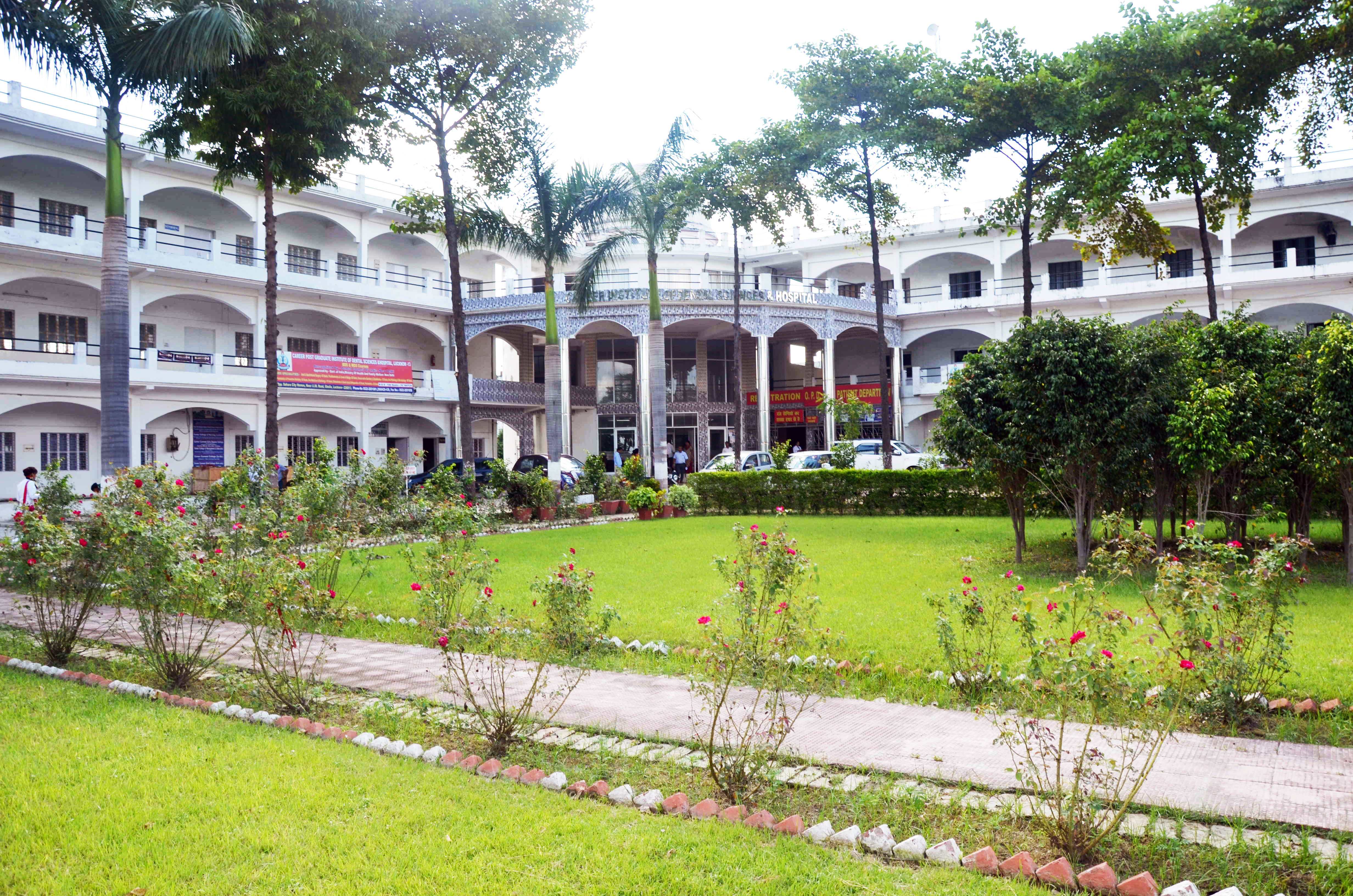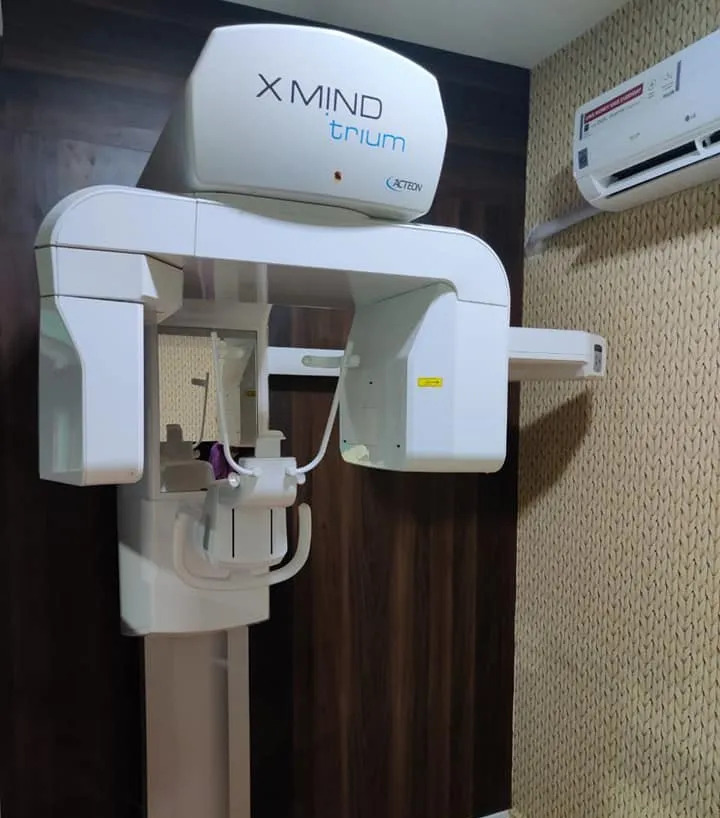

Career Post Graduate Institute of Dental Sciences & Hospital Lucknow, offers opportunities which are difficult to be found anywhere else. This is an institution involved in a rich amalgamation of scientific acumen and comprehensive dental care service. At this institution, we believe in educating the students to develop a good patient relationship, efficiently manage a dental office, design a good treatment plan and utilize the state-of-the-art materials and techniques.
Our goal is to supplement the existing pool of dental and medical knowledge with an intention to promote public health awareness. We strive to educate our students with a broader vision who will play a leading role in oral health care in the next millennium.
Read MoreCareer Post Graduate Institute of Dental Sciences, Lucknow, offers opportunities you would not find anywhere else. This is an institution involved in a rich amalgamation of scientific enquiry and comprehensive dental care service.

Cone beam computed tomography (CBCT) is an advanced radiographic imaging technique that captures a three-dimensional (3D) imaging of hard tissue structures such as the jaw, teeth & all other oral structures.
This imaging method can produce pictures with sub-millimeter resolution and superior diagnostic quality. The radiation exposure from CBCT is 10 times less than that of other conventional CT scans. CBCT is also quite accurate and can provide three-dimensional volumetric data in the axial, sagittal, and coronal planes. Students can learn the usage of advanced technology in Dentistry through this machine. CBCT finds application in oral and maxillofacial surgery to examine the exact 3D location of jaw pathologies such as benign or malignant tumors and inflammatory bone lesions, as well as to assess impacted teeth, investigate the exact location of supernumerary teeth, and assess their relationship to vital structures. CBCT is also utilized to study paranasal sinus diseases as well as to detect obstructive sleep apnea.
A few research papers have demonstrated that contrast-enhanced CBCT images may be utilized to identify apical granulomas and apical cysts by assessing the lesion density, making CBCT a useful investigative tool in endodontics for detecting apical lesions.
CBCT also finds its use in implant dentistry. Scans have resulted in better case selection and assists in both qualitative and quantitative bone evaluation, resulting in lower implant failure rates. Clinicians may predict and view the eventual result utilizing virtual implant planning and CBCT data before starting therapy.
CBCT has become the instrument of choice for measuring facial development, age, airway function, and disruptions in tooth eruption due to its uses in cephalometric analysis and the release of new software in orthodontic evaluation.
With measurement precision comparable to that of direct measurement with a periodontal probe, CBCT may be used to get a thorough morphologic description of the bone with limited margins of error.
Higher resolution CBCT images can help us identify the complex root canal anatomies and negotiate it precisely.
Yet many more stones are unturned in the usage of CBCT. We ORAL MEDICINE & RADIOLOGY team of CAREER DENTAL COLLEGE would thrive to get best out of this technology.
This is an institution involved in a rich amalgamation of scientific enquiry and comprehensive dental care service.
Years
Students
Qualified Staff
Awards win